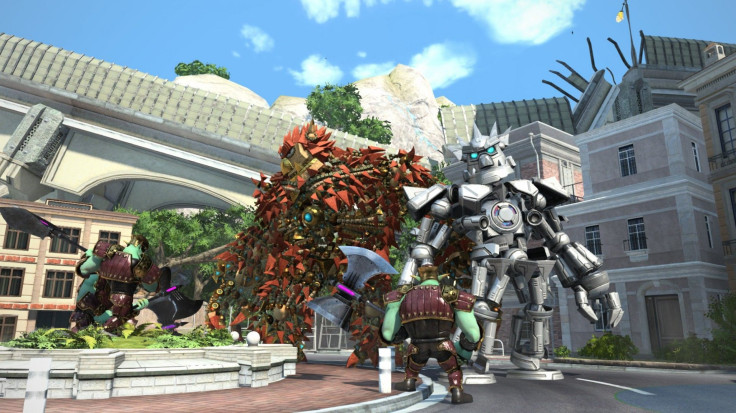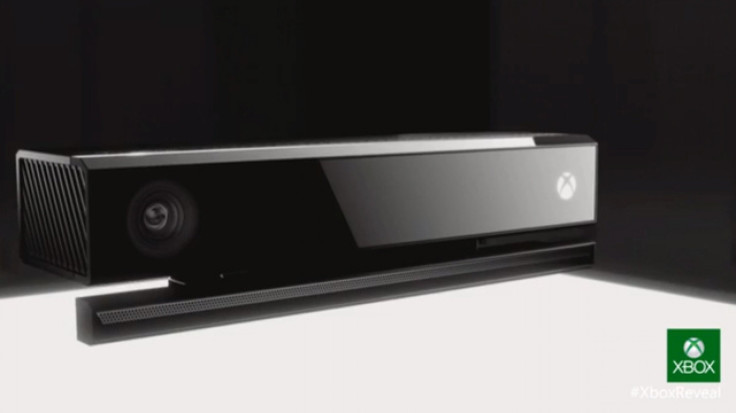XBOX One VS PS4: The Console War Begins Anew [VIDEO]
Sony and Microsoft are poised to once again do battle on the holiday battleground.
This time, Sony comes armed with their newest console creation, the PlayStation 4. The Japanese tech giant brings a more focused machine than its predecessor -- Sony has marketed the PS4 as a hard-core gaming machine, more powerful than its American competitor. Microsoft’s weapon, the oddly named Xbox One, sets itself apart as a bundle machine. Microsoft encourages users to utilize their console for most of their home entertainment needs -- basic television, music, movie purchase and rental, Netflix and Hulu streaming, social media -- packaged with what they claim is a much improved version of the Kinect motion sensor.
Sony struck first, at least in North America.
They shattered sales records last week, selling more than a million PlayStation 4 consoles during the company’s 24-hour North American launch event. The previous record, held by the Nintendo Wii, was also around 1 million consoles. In the first week. Worldwide. Sony has only released the PS4 in North America so far.

It’s possible that the Xbox One will break Sony’s new record on Friday, when the console launches worldwide. The Xbox is $100 more than the PS4, which will drive some buyers away from the Microsoft console, but it comes equipped with the Kinect 2.0 (the PS4 has an optional camera, but it adds $60 to the console’s price tag).
Support for the first iteration of Microsoft’s motion sensor/"You are the controller" was spotty at best -- few AAA titles, like Skyrim, made use of the Kinect’s motion controls, and voice-activated commands. Most bodged the entire experience.
But Microsoft has packaged every Xbox One with a Kinect 2.0, showing confidence that the system does actually work. More importantly, bundling the new Kinect with every system means that Microsoft is able to fully integrate motion and voice controls into the One’s UI -- users will now be able to multitask on the gaming window, opening and snapping apps like Hetflix and Hulu.
Developers know that every One user will have a Kinect, so it’s up to them to make use of the machinery. Fewer hot messes like London Olympics 2012 and more thoughtful, intuitive voice controls such as Skyrim could really push the battle in Microsoft’s favor.

The One also has a larger selection of exclusive launch titles (six to the PlayStation’s two). For example, the big black box is packing Crimson Dragon (a spiritual successor to Panzer Dragoon), Dead Rising 3, Forza 5, Ryse: Son of Rome, Fighter Within, Zoo Tycoon, and Zumba Fitness, though Zumba probably isn’t something most gamers will raid store for.
The PlayStation 4 has Killzone: Shadow Fall and Knack. There are exclusive games promised down the line like Uncharted 4, The Order: 1886, and Kingdom Hearts III (fingers crossed) but Microsoft still has the edge in exclusives -- for now.
But does everyone need a machine that can run Netflix picture-in-picture with Dead Rising 3, lets you tell Kinect to pause the game so you can Facebook message someone, while simultaneously picking your nose? The One makes sense as an all-in-one package. It can replace your DVD/Blu-ray player, Skype webcam/laptop, and last-gen console. $500 is a very attractive price if you’re in the market for that kind of machine.

If you don’t need all that, Sony will gladly sell you a more powerful gaming machine for $100 less.
And, if the past two generations are any indication, the PS4 will get a number of new, exclusive IPs to give it a fighting chance (think Heavy Rain, The Last of Us, numerous JRPGs) while the One will bank heavily on AAA sports releases and sequels to super popular titles (e.g. Halo, Gears of War).
2014 is going to be an interesting competition. We’ll see who emerges victorious.
© Copyright IBTimes 2024. All rights reserved.












